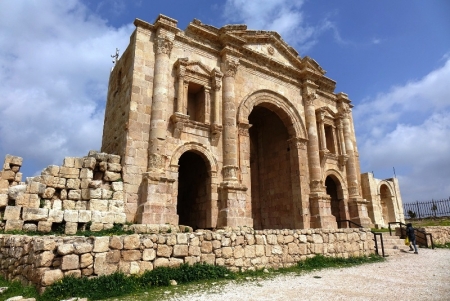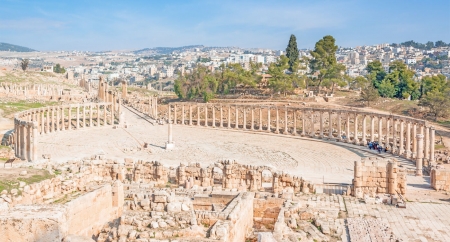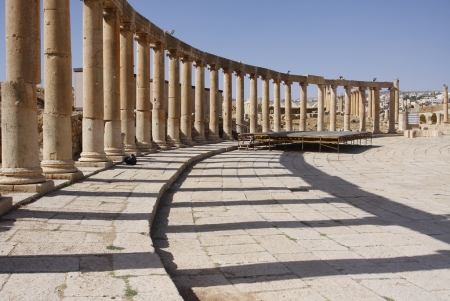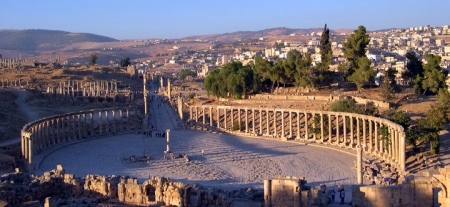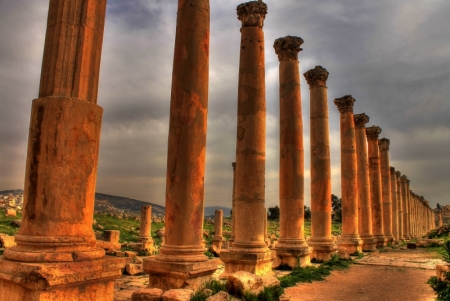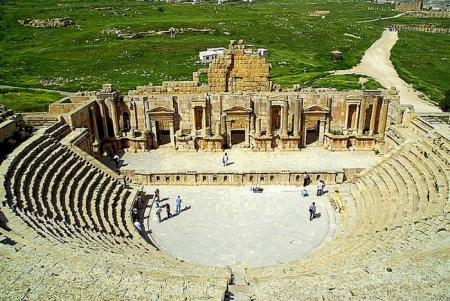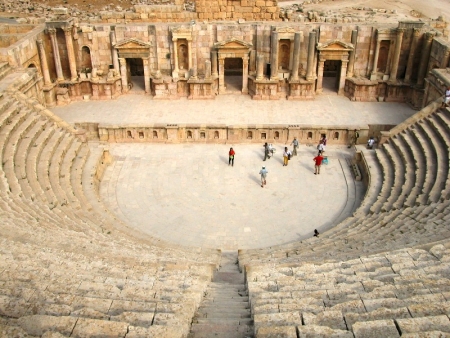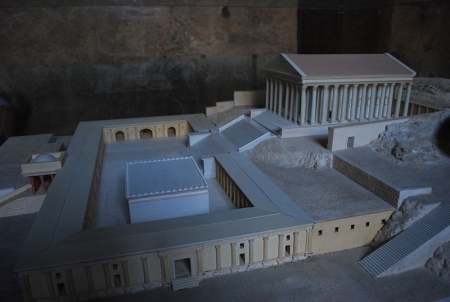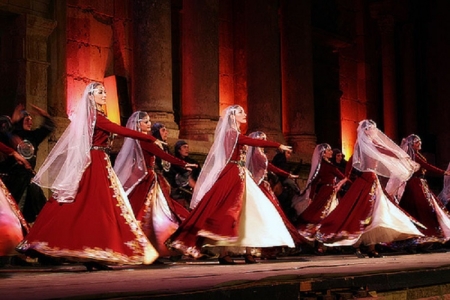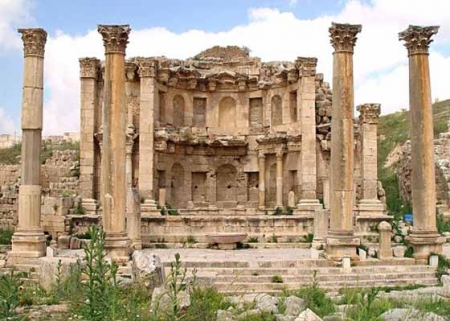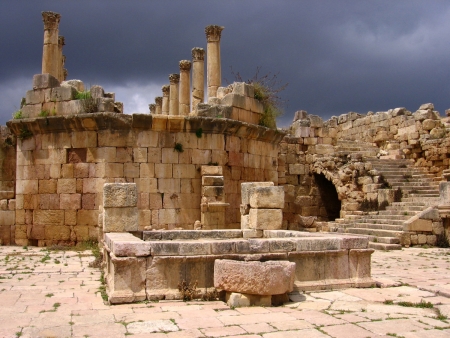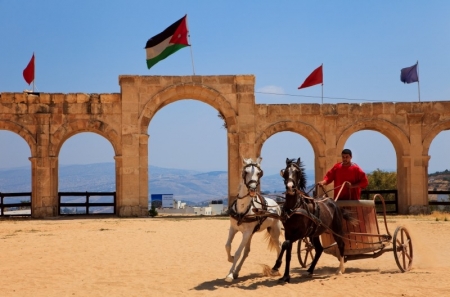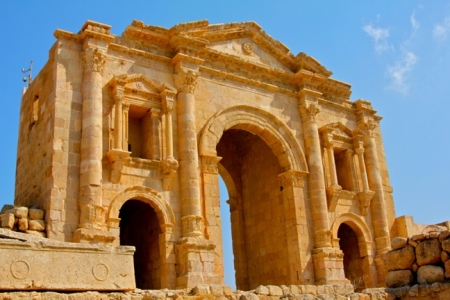The Jerash Hippodrome
The Jerash Hippodrome: This massive arena was 245m long and 52m wide and could seat 15,000 spectators at a time for chariot races and other sports. Know More!

When you step into the ancient city of Jerash in Jordan, you're transported back in time to an era where chariot races were the talk of the town and gladiators were the stars of the day. One of the most remarkable structures that stands as a testament to this golden age is the Jerash Hippodrome.
A Snapshot of the Jerash Hippodrome
This massive arena was 245m long and 52m wide and could seat 15,000 spectators at a time for chariot races and other sports. The exact construction date is unclear but estimated between the mid-second to third century AD. It is now also possible to relive the days when gladiators and charioteers appeared before the crowds, with regular re-enactments by the Roman Army and Chariot Experience (RACE).
Unveiling its History
Recent excavations have unveiled intriguing facets of the Hippodrome's history. Archaeologists have unearthed remnants of stables and pottery workshops, indicating the extensive use of the site. Interestingly, evidence suggests that the Sassanians, invaders from Persia during the early 7th century, used the Hippodrome for polo games.
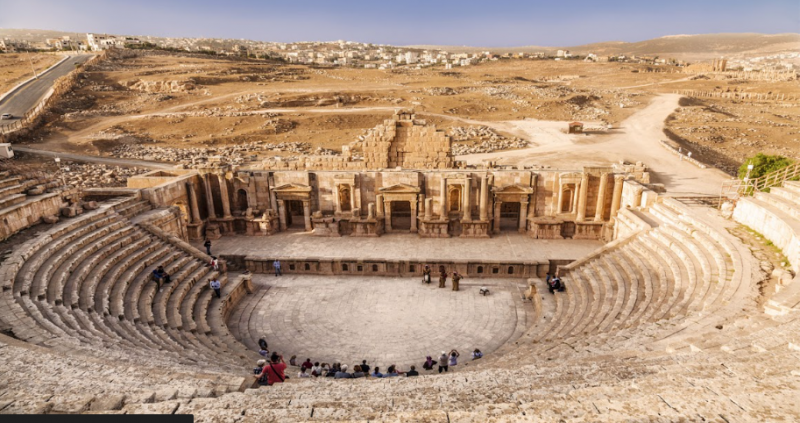
Customize Your Dream Vacation!
Get in touch with our local experts for an unforgettable journey.
Plan Your TripThe Spectacle of Chariot Races
In its heyday, the Jerash Hippodrome was a hub of athleticism and competition, primarily hosting chariot races. These adrenaline-pumping events, often synonymous with Roman entertainment, drew spectators from far and wide. The chariot races were not merely a sport but a spectacle that showcased the might and grandeur of the Roman Empire.
In recent years, the Hippodrome has played host to re-enactments of these exhilarating chariot races and Roman military maneuvers. However, a decline in tourist numbers since the Arab Spring has temporarily paused these events.
The Hippodrome's Architecture
The Hippodrome's architecture is a marvel in itself. The stands, trackways, and corner posts of this colossal structure are largely intact, making it easier for visitors to visualize the grandeur of a real chariot race. The area also housed shops, reminiscent of modern-day sports arenas with concession stands.
Exploring Nearby Attractions
The Jerash Hippodrome is not the only historical gem in the vicinity. The majestic Hadrian's Arch, the imposing South Gate, the Upper Temple of Zeus, and the South Theatre are all within walking distance. Each of these sites offers a unique glimpse into the rich history and culture of the Roman Empire.
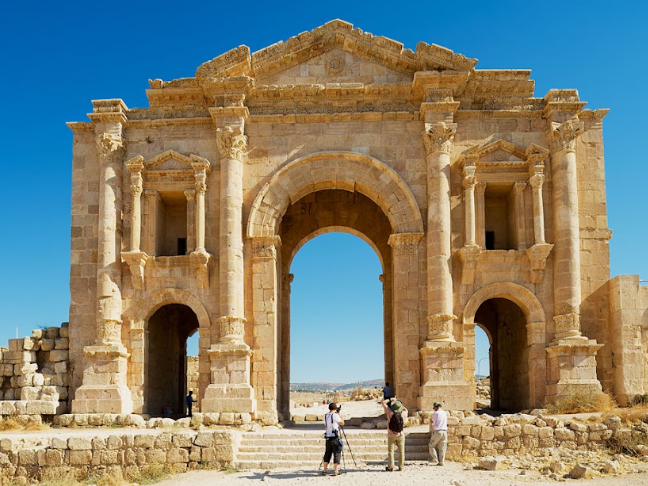
The Hippodrome's Significance Today
Today, the Jerash Hippodrome stands as a symbol of the city's rich cultural heritage. While it may not host chariot races anymore, it continues to be an important tourist attraction. Visitors can explore the ancient structure, walk on the race track, and even climb the spectator seating area for a panoramic view of the entire Hippodrome.
The Future of the Hippodrome
While the Jerash Hippodrome may not be in its prime, efforts are underway to preserve this historical site. Conservationists and archaeologists are working together to ensure that the Hippodrome continues to stand as a testament to Jerash's rich historical and cultural legacy.
The Jerash Hippodrome, with its rich history and grand architecture, is a must-visit for history buffs and travel enthusiasts. As you walk through the ancient race track, you can almost hear the roar of the crowd and the clattering of chariot wheels. So, if you're planning a trip to Jordan, make sure to include the Jerash Hippodrome in your itinerary.
Book your Jordan Tour now and Visit the Jerash Hippodrome!

